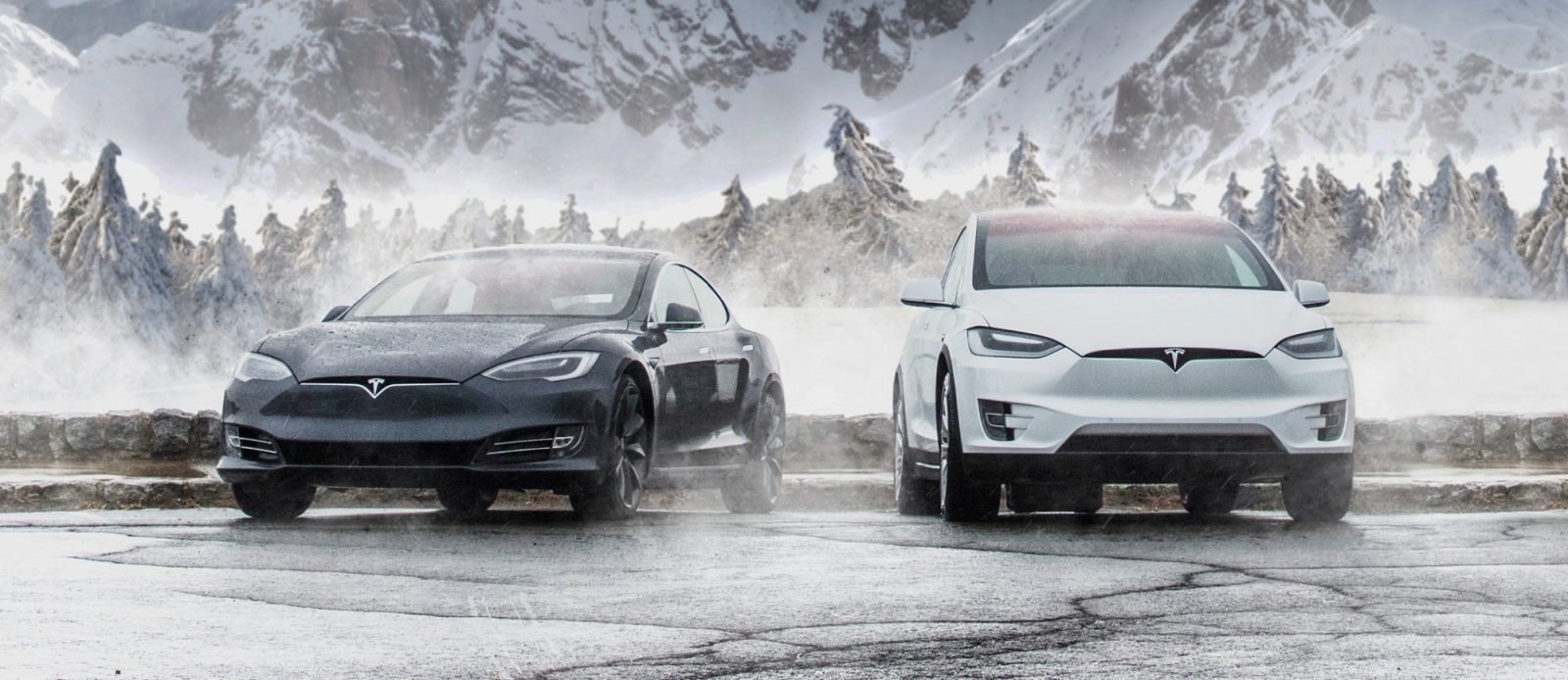Despite the global crisis stemming from the coronavirus pandemic, Tesla has maintained stronger than expected deliveries. Thanks to, among other things, the momentum of the Chinese market, which has started to recover quickly after the first quarter in which sales plummeted completely (although Tesla resisted quite well thanks to its online sales model).
The role of the Giga Shanghai factory has been key to achieving this success: the Tesla Model 3 produced at the Asian plant until now corresponded to the Standard Range Plus RWD access variant. However, a few weeks ago the Long Range RWD variant also started to come off the factory lines, which is having good reception.
By contrast, Tesla was forced to close its Fremont factory from late March to early May. Considering that most of their vehicles are produced in this plant, this sufficiently affected their sales and delivery operations during the second quarter. To the point that Elon Musk reopened the facilities earlier than allowed by the authorities, something that earned him an avalanche of criticism.
Although the first estimates predicted that Tesla would deliver between 60,000 and 70,000 units from April to June; that is to say, a fall of 25% compared to last year. Now some US media have discovered that sales in North America accelerated remarkably in June, with more than 50,000 deliveries and 10,000 vehicles in transit.
Adding to this, the Asian and European markets, Tesla is likely to be able to reach 100,000 units delivered throughout the second quarter. This would be one more demonstration of the excellent health of Tesla’s business in particular and the demand for electric cars in general. Sales of this type of vehicle have been much less affected by the pandemic than those of thermal models.
Despite everything, Tesla continues to face some setbacks. On the one hand, numerous customers are rejecting the deliveries of their Model Ys due to the construction failures that their units present. On the other, logistical problems are delaying the arrival of vehicles currently in transit to buyers, something Tesla is trying to fix quickly.

